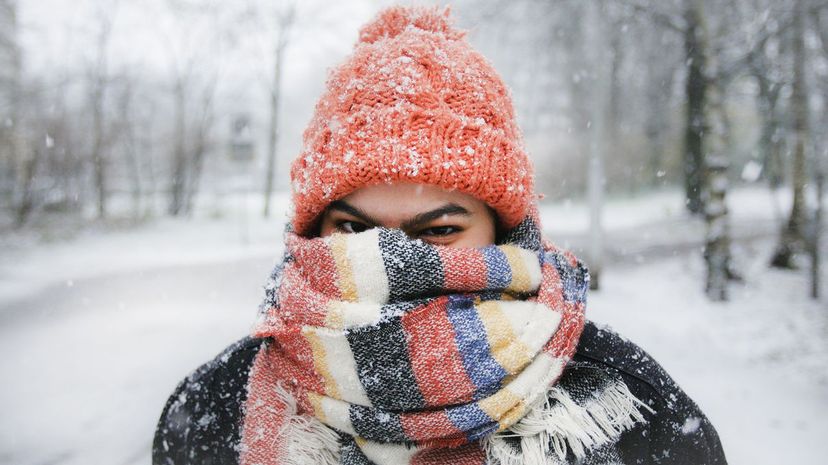
About This Quiz
Whether we like it or not, winter always has a way of sneaking back in to our lives. Some people experience its wrath firsthand through blustering winds and extreme blizzards that can knock entire cities out of commission. Other people simply deal with the inconveniences Old Man Winter can cause by way of flight delays during storms or experiencing the chilled climate during family visits around the holidays.Â
Regardless of how close you and below-zero temperatures are, there's always something to be said about people who know how to survive emergencies during these harsh months of the year. If your car breaks down on a back road during a snowstorm, do you know how to keep warm? Did you know there's a number of items you should keep in your car just for moments like that? What if the heater for your home malfunctions? Do you know how to keep your pipes from freezing?Â
If you consider yourself to be the Bear Grylls of winter weather, then take this test to prove your knowledge! Even if you're not well-versed in winter preparedness, perhaps you'll learn a thing or two from these questions. Whatever you do, don't be left out in the cold!
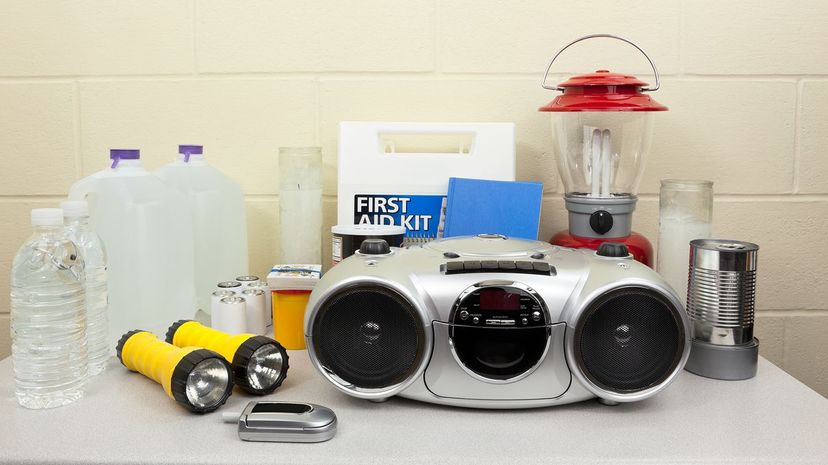
Adequate preparation is the best tool for combating certain issues that may arise during the winter. Preparedness can come from making emergency kits and knowing what to do in given situations.
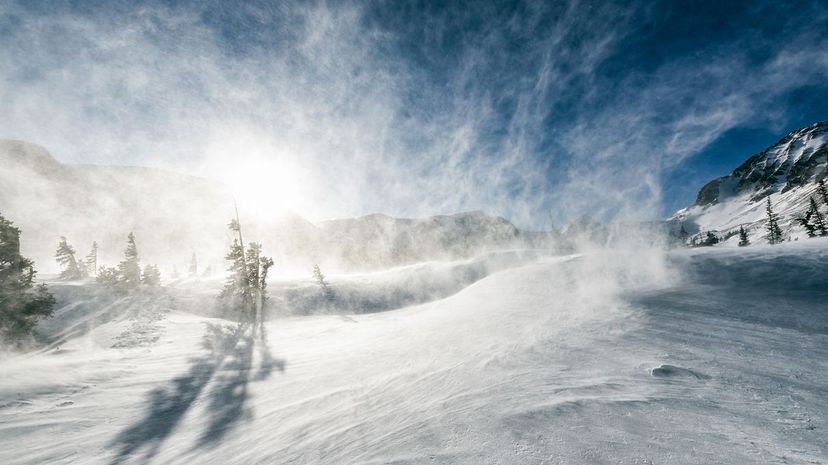
Wind chill can be a very dangerous phenomenon because it can drastically lower a person's body temperature since it is constantly whisking heat away and replacing it with cold air.
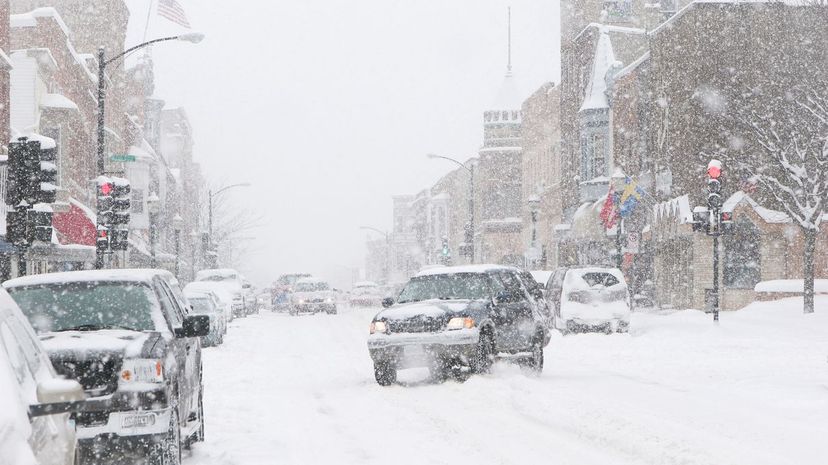
While a fishtailing vehicle can take a driver by surprise, the tactic for maintaining control comes down to keeping the vehicle pointed in the direction that you are attempting to travel.
Advertisement
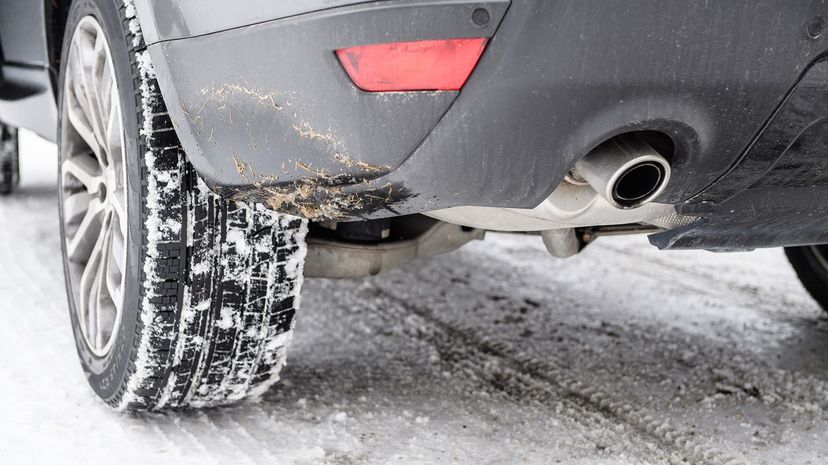
Another sneaky killer during the colder months is carbon monoxide poisoning. It is important to ensure that proper ventilation is maintained when starting your car or heating your home.

While generators can be helpful in power outages, they should not be brought inside. Generators are best kept outside and away from windows, where they can still provide heat but do not create a risk for carbon monoxide poisoning.
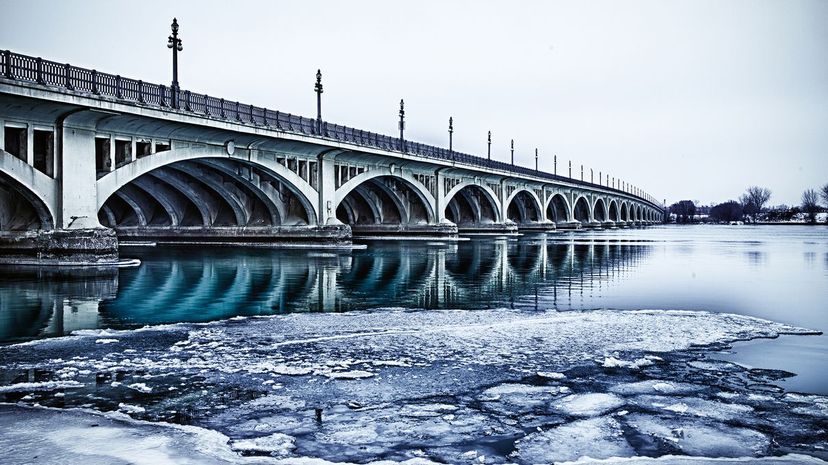
There are often signs on the road that read "Bridge Ices Before Road." This is because the bridge is not only being chilled from the top, like the rest of the road, but also the bottom!
Advertisement

Red is the best choice for letting other vehicles know that you need help. This is because it is most likely to attract attention and it is easier to see against the snow, as well as during the night.
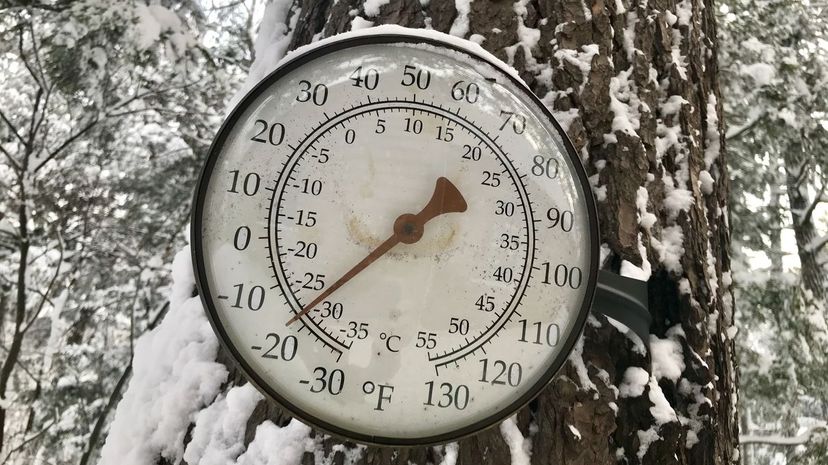
Hypothermia is the leading cause of death in winter emergencies. That is because it is extremely easy to lose body heat in certain conditions and hard to return said heat to the body without proper care.
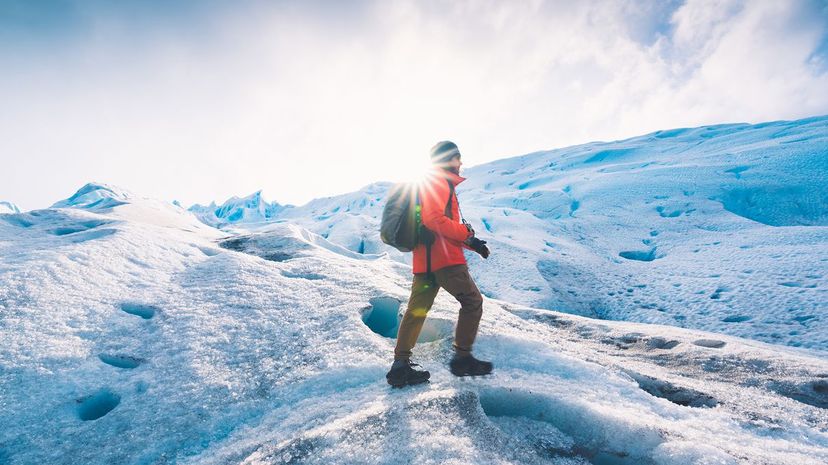
The three most crucial things to worry about are wind, exposure and water. If a person becomes wet in cold weather, it will be more difficult for their body to maintain its temperature and wet extremities are more at risk for frostbite.
Advertisement
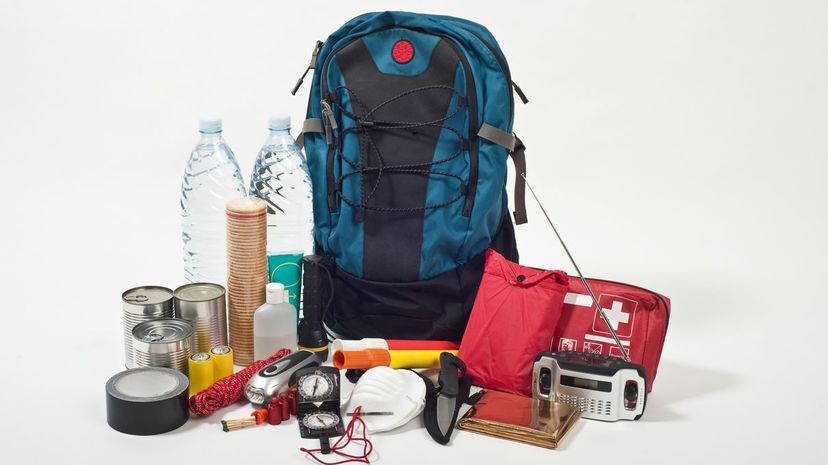
Each winter emergency is an opportunity to learn and be more prepared for future disasters! Be sure to replenish anything that you used in your emergency kits, make any necessary upgrades to your kit or your plan, and see what others did that could be added to your plan for next time.
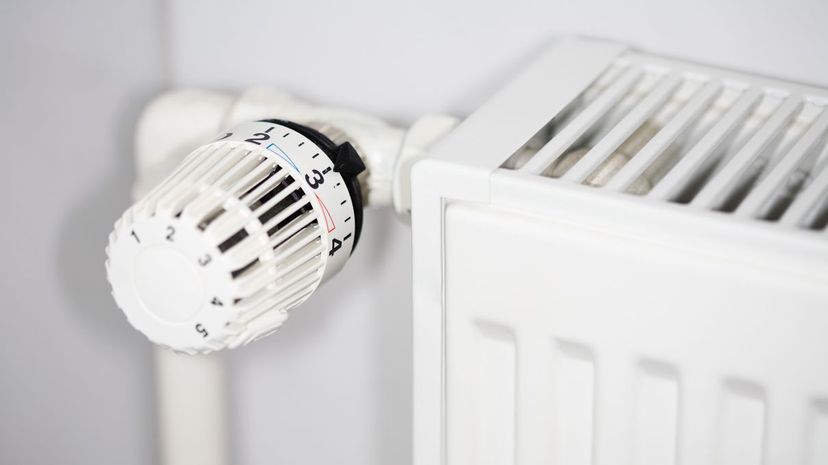
At no point should you open your windows, this will only let heat out! Turning the faucets on helps prevent them from freezing, and a backup heating element and smaller living space makes it easier to keep warm.

Snow blindness is caused by high amounts of albedo, which is when light is reflected off certain surfaces. The increased amount of light is enough to cause you to get a sunburn on your cornea.
Advertisement
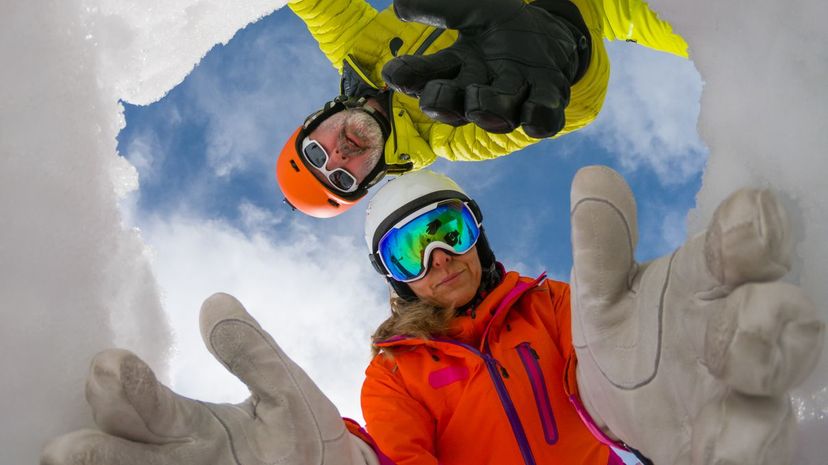
The most common cause of death for those who get caught in avalanches and other snow piles is suffocation. A dwindling air supply can be helped by digging out a pocket-sized area near your mouth.
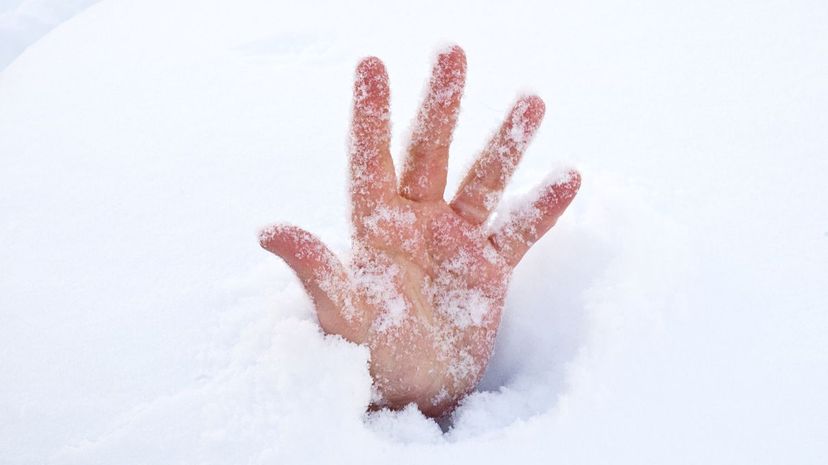
If it appears that someone has frostbite, do NOT rub the area. Frostbite damages the body's tissues that have been exposed to the cold and rubbing the area could cause even more damage.

Frostbite is when a living organism experiences their external cells freezing. When cells freeze, they undergo large amounts of stress and damage, which can result in amputation in severe cases.
Advertisement
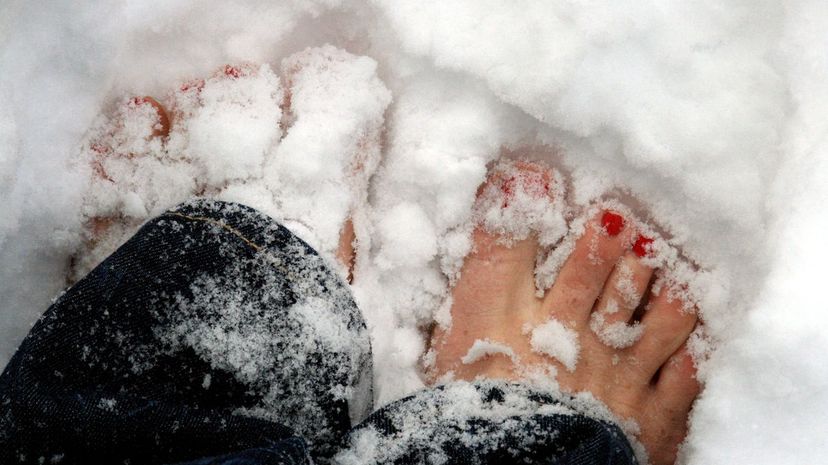
Frostbite is most likely to set in on body parts that are furthest from one's heart, since blood circulation is what helps keep them warm. This is why frostbite victims often lose toes, finger and ears before anything else.

Cell phones and other communication devices can have their batteries quickly drained when exposed to extremely frigid weather. It is best to keep them close to your body for warmth.
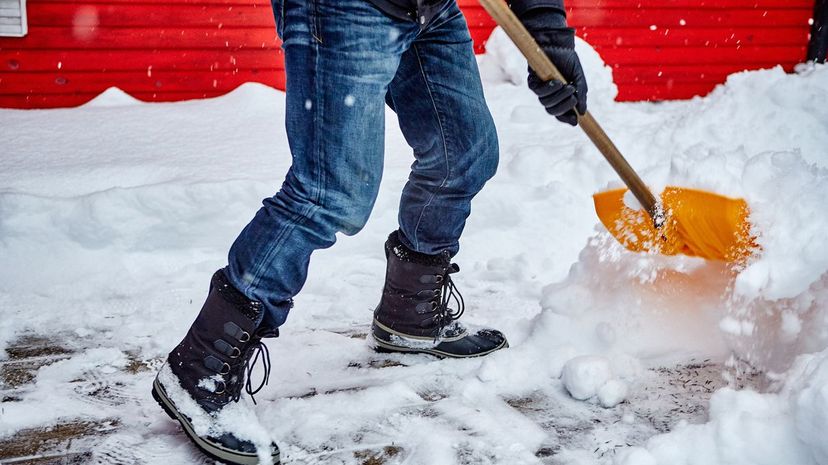
Heart attacks are more common in the winter because the cold weather causes one's heart to have to work harder. When shoveling snow or taking care of other things outside, it's important not to overwork one's self.
Advertisement
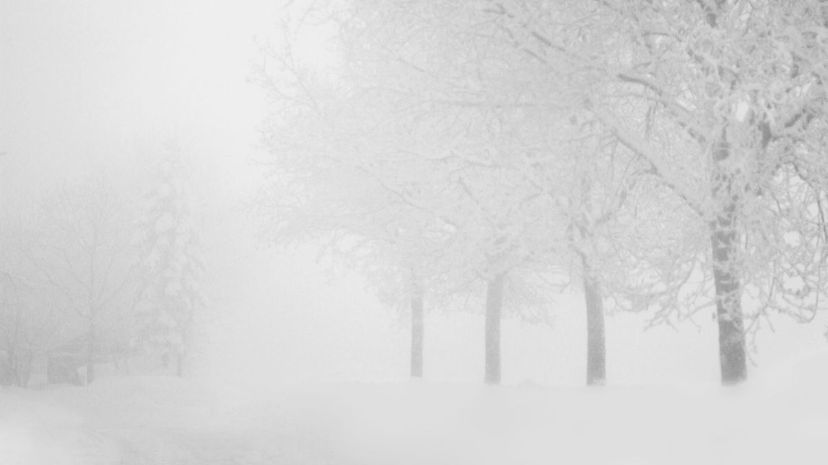
In addition to wind speeds that reach above 35 miles per hour, a Blizzard Warning also comes with heavy amounts of snow or blustery conditions that limit visibility to less than a quarter of a mile.
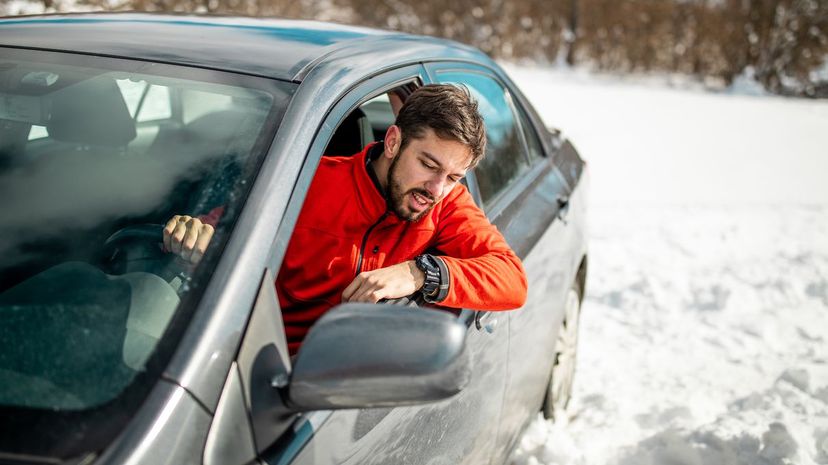
While some of the items on the list might seem counter-intuitive, they can help when you're stuck! Less air in your tires means more surface area has contact with the ground. As for traction control, it is better to be off in this situation since the purpose of traction control is to keep your vehicle on the pavement.
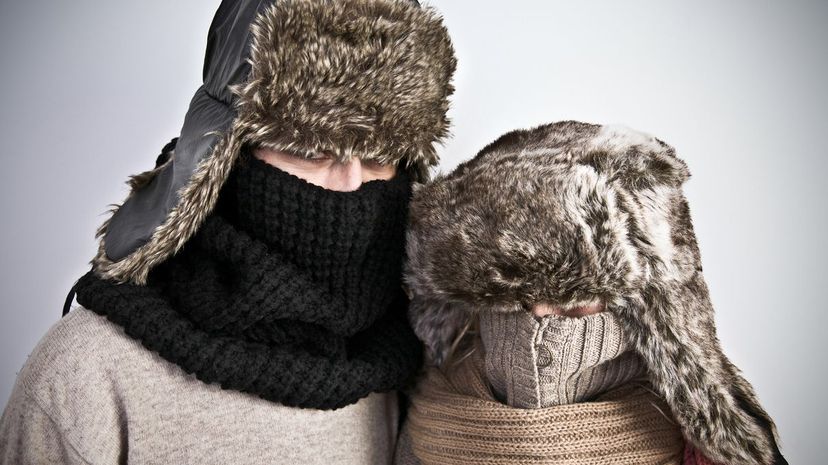
The primary reason it is important to wear layers in the winter is because as the human body gives off heat, it is then trapped in the air between layers, making you your own best space heater!
Advertisement
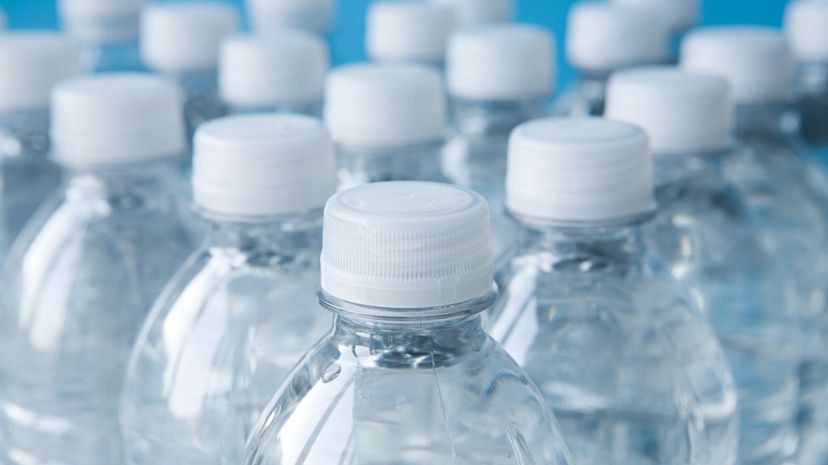
Dehydration is a big concern, even in winter months. To help with this, people should store their water bottles upside down. This will allow them to function still if the water ends up freezing or becoming slushy.

Layers are an essential tactic to use in order to maintain one's body heat. With layers, body temperature regulation is more easily controlled and can help keep a person warm while also preventing sweating.
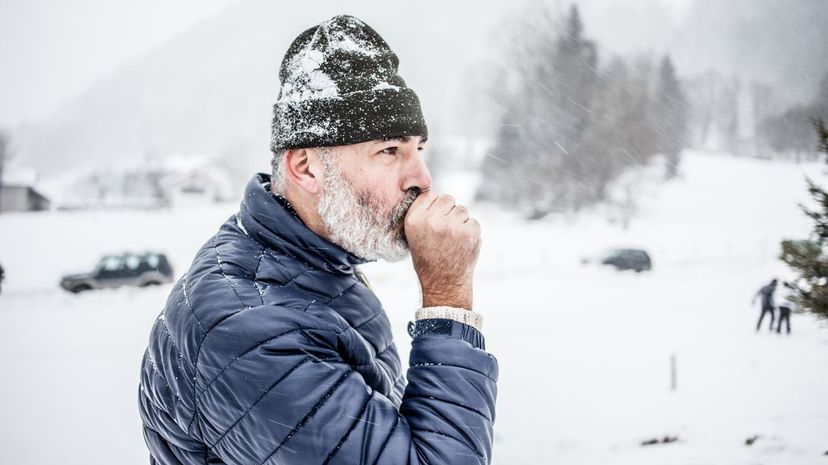
There are three definable stages of hypothermia. The first stage consists of body shivers and a lowered ability to circulate blood. The second stage is met with confusion and tiredness. The advanced stage is when pulse and breathing slows or stops completely.
Advertisement
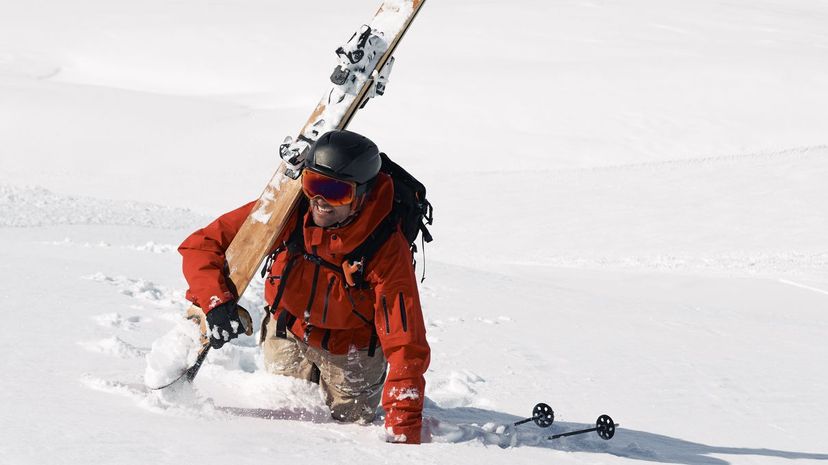
It is important to avoid post-holing when walking in the snow, which can be done with a walking stick. By avoiding the sinking, you conserve more energy since you do not constantly have to pull yourself out of snow mounds.
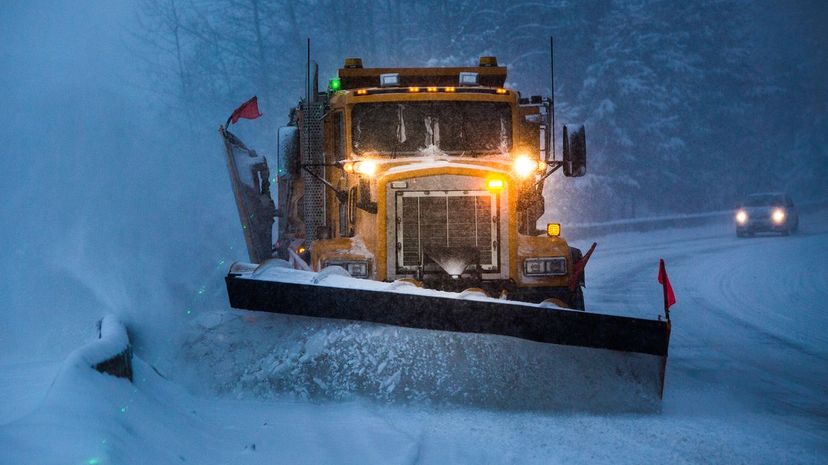
The parameter that determines whether a weather event is classified as a winter storm instead of a blizzard comes down to wind speed. If the wind is blowing at less than 35 miles per hour, it is categorized as a winter storm.
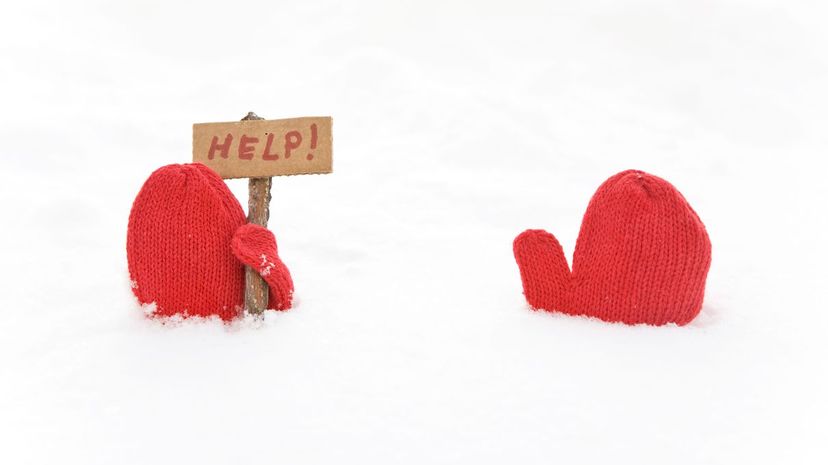
One thing that causes people to die in winter emergencies is not being prepared. However, if caught in a pile of snow, spitting is a quick way to figure out which direction to dig. Simply spit, see which direction the saliva falls and dig in the opposite direction.
Advertisement
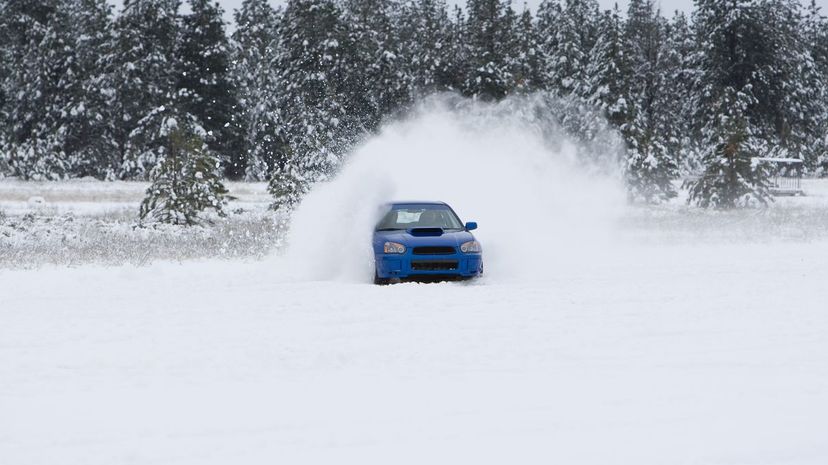
It is best to keep your wheels pointed towards the direction you want to go. This is because at any point, the tires could catch some traction. If that happens, it's better to be prepared and ready to steer in the correct direction.

Blankets are valuable items to keep in one's car in order to help stay warm on the off chance that a person becomes stranded. Kitty litter can be used to create traction and newspapers can be used for insulation.
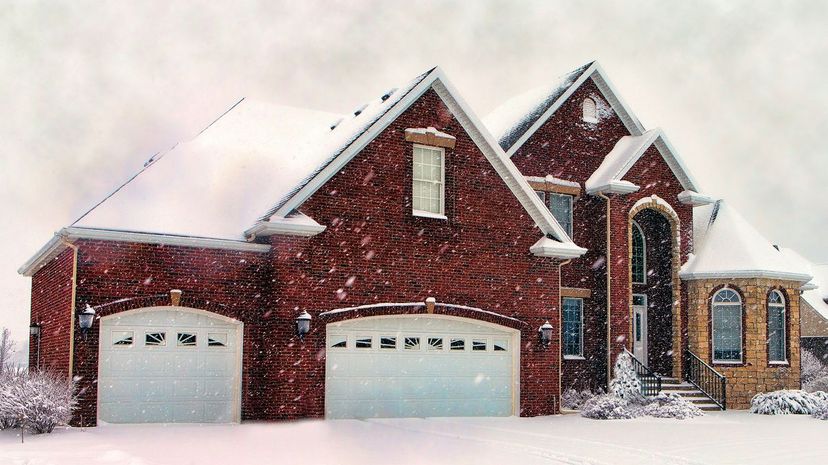
Flood insurance is typically not a piece of homeowner's insurance, meaning it needs to be purchased separately. This is especially important in areas that deal with a large amount of snowmelt in the spring.
Advertisement
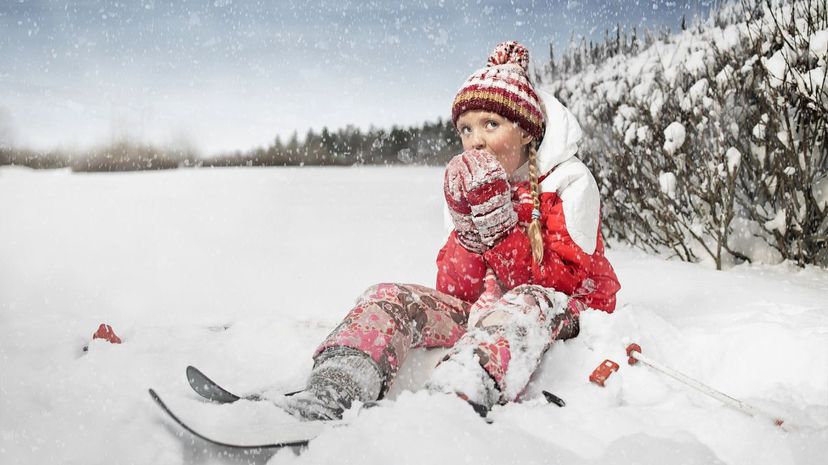
Snow itself is made up of mostly air, which can make it hard to hydrate with snow alone. Snow should be melted with an external heat source prior to drinking to conserve body heat and to ensure that someone is getting enough liquids.
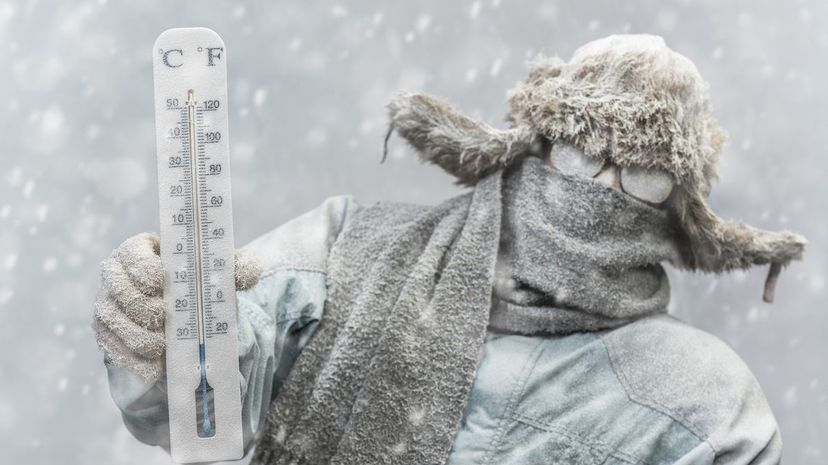
Hypothermia is when the human body cannot make heat fast enough to regulate its core temperature. The first signs of hypothermia are shivering and decreased circulation in certain body parts.
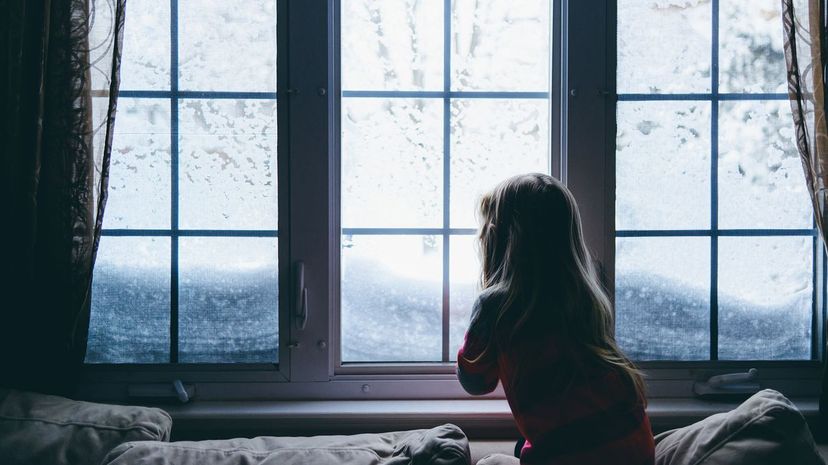
Winter Storm Outlooks are used to give people adequate time to prepare for blizzards and other kinds of winter storms. The weather conditions that are in place when a Winter Storm Outlook is announced are likely to result in a storm.
Advertisement

Polyester or nylon clothing makes a great base layer because these materials are known for their moisture-wicking abilities. By staying dry, one is less likely to experience issues.
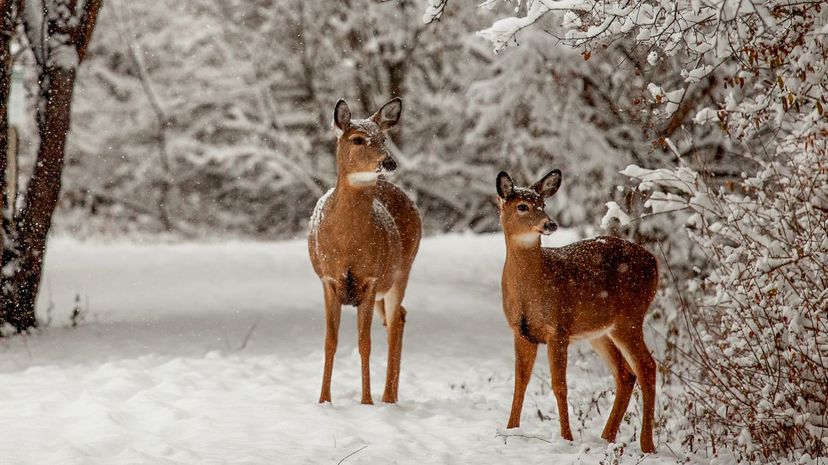
It is important to ensure that grazing animals and other livestock have access to a water supply that will not freeze in extreme conditions. Without it, they can die of dehydration.